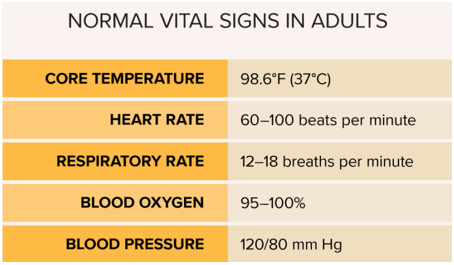Prior to an invasive examination of a hospitalized client, a consent form should be obtained. Which action best describes the responsibility of the practical nurse (PN)?
Explains the examination and asks the client to sign the consent form.
Obtains the medical record for the correct signed consent form prior to the examination.
Asks if the client understands the exam and why the consent form must be signed.
Witnesses the client's signature on the consent form after it is explained by the provider.
The Correct Answer is D
This is the best action that describes the responsibility of the PN because it ensures that the client has given informed consent for the invasive examination and that the consent form is valid and documented. The PN should verify that the provider has explained the examination, its risks and benefits, and alternative options to the client and that the client has agreed to proceed.
A. Explaining the examination and asking the client to sign the consent form is not the responsibility of the PN but of the provider who will perform the examination.
B. Obtaining the medical record for the correct signed consent form prior to the examination is not enough to ensure informed consent and may not involve any interaction with the client.
C. Asking if the client understands the exam and why the consent form must be signed is not enough to ensure informed consent and may not address any questions or concerns that the client may have.
Nursing Test Bank
Naxlex Comprehensive Predictor Exams
Related Questions
Correct Answer is A
Explanation
This is the most important follow-up assessment for the PN to implement because it can detect signs of bleeding, infection, or shock that may result from the unsecured surgical dressing. The PN should monitor the client's blood pressure, pulse, temperature, and respiratory rate and report any abnormal changes.

Correct Answer is B
Explanation
The correct answer is choiceB. Remove the warm compress.
Choice A rationale:
Turning the lights on in the room would likely exacerbate the resident’s photophobia (sensitivity to light), causing more discomfort.Photophobia is a common symptom of bacterial conjunctivitis, and keeping the room dim can help alleviate this discomfort.
Choice B rationale:
Removing the warm compress is the correct action. Warm compresses can sometimes be used to relieve symptoms of conjunctivitis, but they are generally more appropriate for viral or allergic conjunctivitis.In the case of bacterial conjunctivitis, warm compresses can potentially worsen the infection by providing a warm, moist environment that promotes bacterial growth.Instead, a cool compress is often recommended to reduce inflammation and discomfort.
Choice C rationale:
Elevating the head of the bed can help reduce swelling and promote drainage, but it is not directly related to the immediate relief of eye pain and photophobia in bacterial conjunctivitis.This action might be more relevant for conditions involving fluid retention or respiratory issues.
Choice D rationale:
Offering an oral analgesic could help manage the resident’s pain, but it does not address the underlying issue of the warm compress potentially worsening the bacterial infection.Pain management is important, but it should be combined with appropriate measures to treat the infection and alleviate symptoms.
Whether you are a student looking to ace your exams or a practicing nurse seeking to enhance your expertise , our nursing education contents will empower you with the confidence and competence to make a difference in the lives of patients and become a respected leader in the healthcare field.
Visit Naxlex, invest in your future and unlock endless possibilities with our unparalleled nursing education contents today
Report Wrong Answer on the Current Question
Do you disagree with the answer? If yes, what is your expected answer? Explain.
Kindly be descriptive with the issue you are facing.
